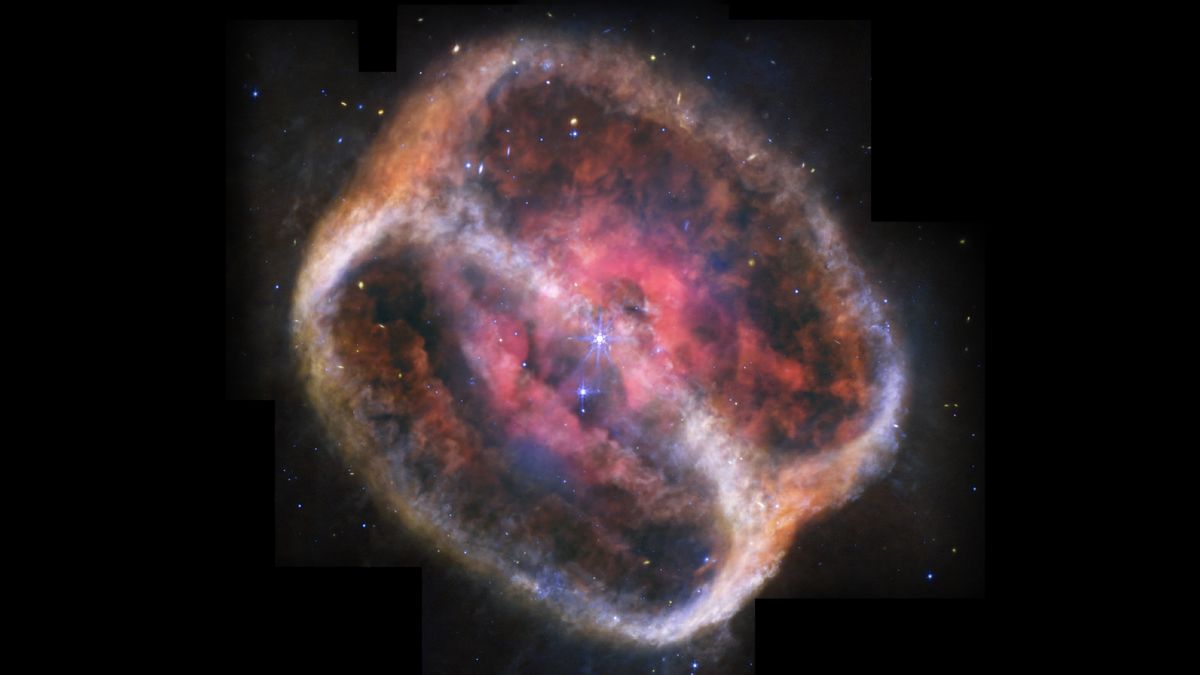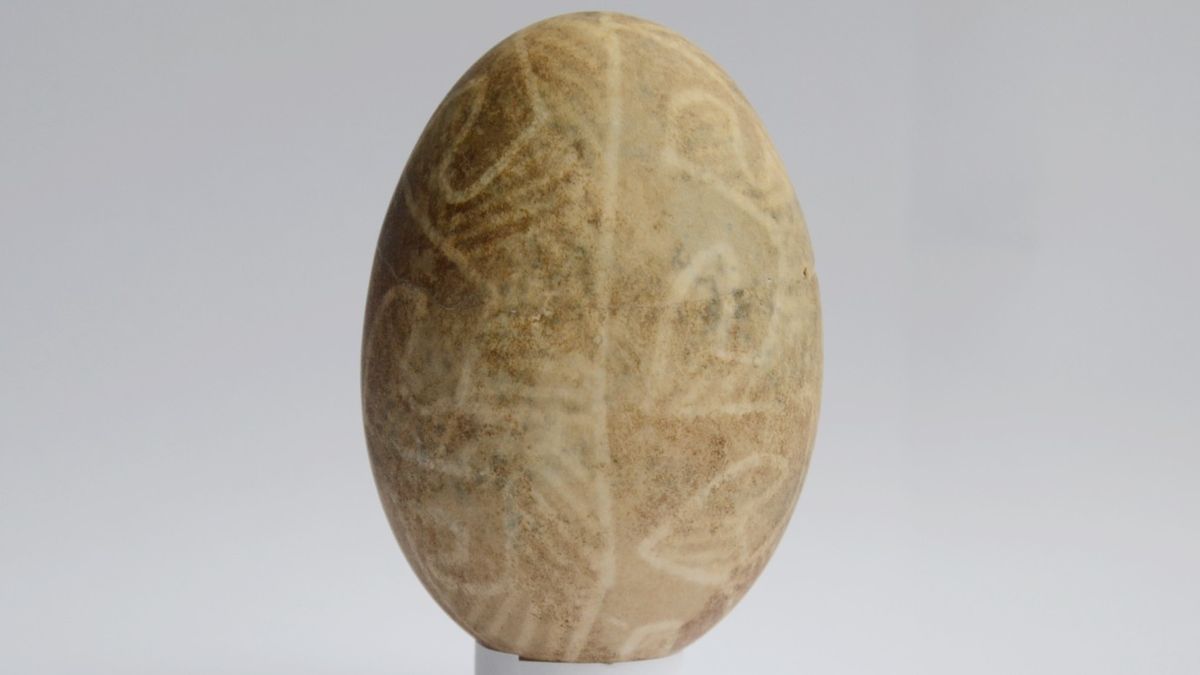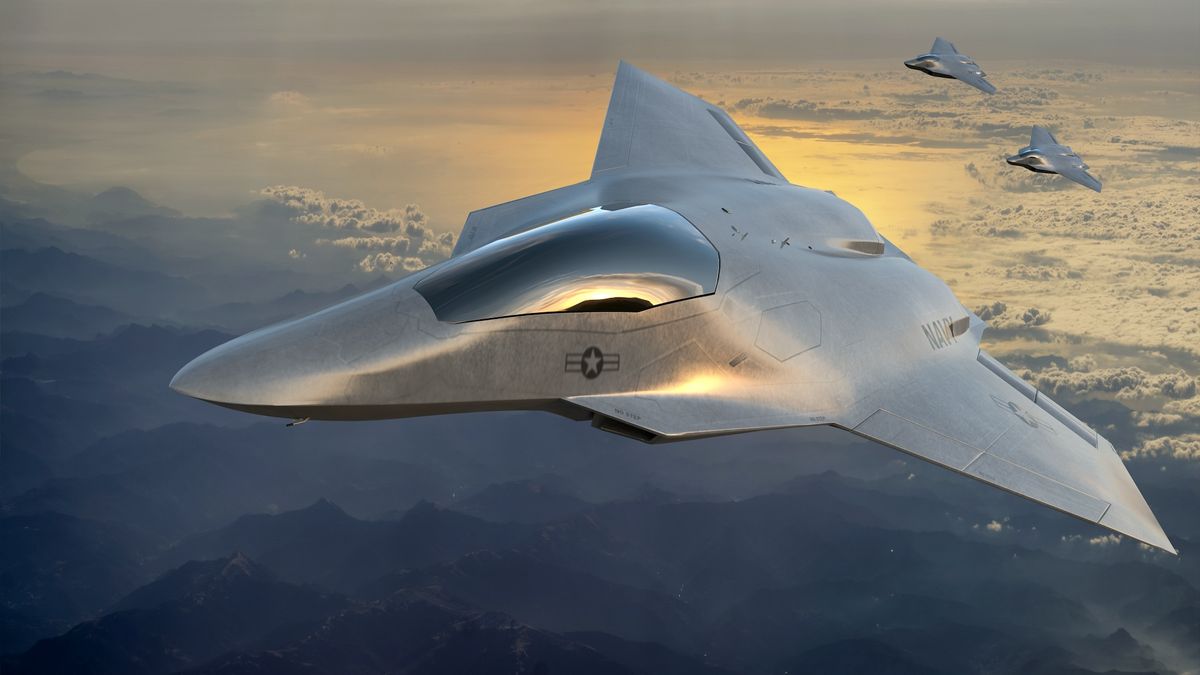Now Reading: James Webb Telescope Unveils Hidden History of the Crystal Ball Nebula
-
01
James Webb Telescope Unveils Hidden History of the Crystal Ball Nebula
James Webb Telescope Unveils Hidden History of the Crystal Ball Nebula

Swift Summary
- Subject: Planetary Nebula NGC 1514,also known as “Crystal Ball Nebula.”
- Location: 1,500 light-years away in the constellation Taurus.
- Image Captured by: James Webb Space Telescope (JWST).
- Key Details:
– The nebula consists of gas clouds and intricate rings revealed by JWST’s infrared optics, specifically its Mid-infrared Instrument (MIRI).
– Central binary star system includes a white dwarf and another star expelling outer layers of gas.
– JWST offers unprecedented detail compared to earlier images taken by NASA’s WISE mission in 2010.
Quotes from Scientists:
- Mike Ressler from NASA’s Jet Propulsion laboratory highlighted JWST’s unique ability to detect materials not previously observable with older technology.
- David Jones emphasized the evolutionary process of stars and thier slow wind outflows contributing to nebular formation.
Related Material:
Comparative views between NASA’s WISE satellite and JWST show advancements in clarity and detail.
Indian Opinion Analysis
The James Webb Space Telescope continues to redefine our understanding of cosmic structures like planetary nebulas. This image of NGC 1514 not only showcases technological progress but opens avenues for further astrophysical inquiry into binary star systems and stellar evolution. India’s ambitious space program can draw lessons from such international advancements as it seeks to establish itself as a leading player in space exploration. Collaboration with global scientific bodies could enable Indian projects like ADITYA-L1 or upcoming satellite missions to adopt cutting-edge tools for deeper cosmic investigations.
India may benefit strategically by investing more robustly in interdisciplinary research involving astronomy, astrophysics, and infrared technologies-crucial domains showcased here by the superiority of MIRI on JWST. By enhancing scientific infrastructure domestically while fostering international partnerships, India could accelerate contributions toward unraveling universal phenomena such as stellar deaths or nebular formations.























